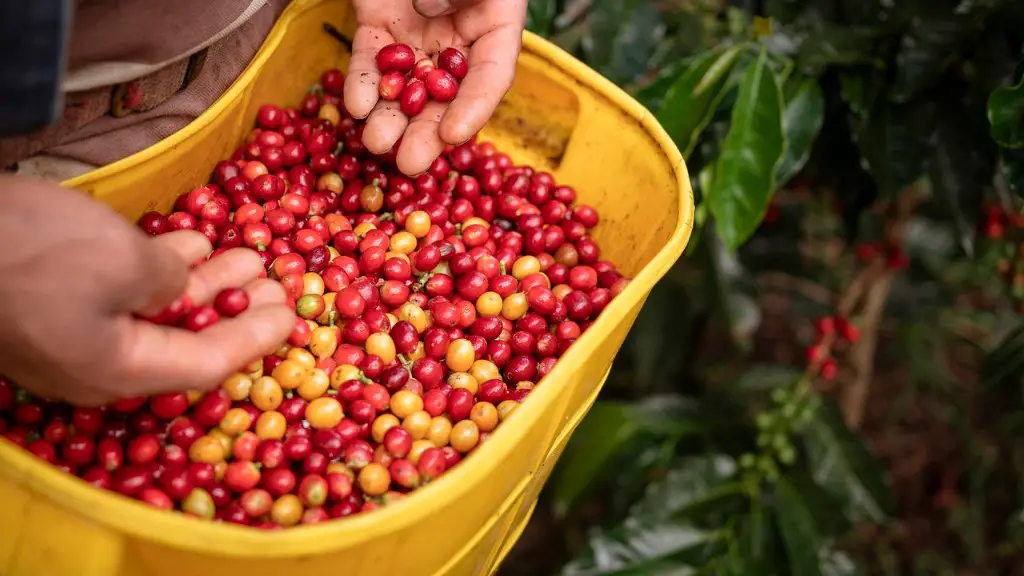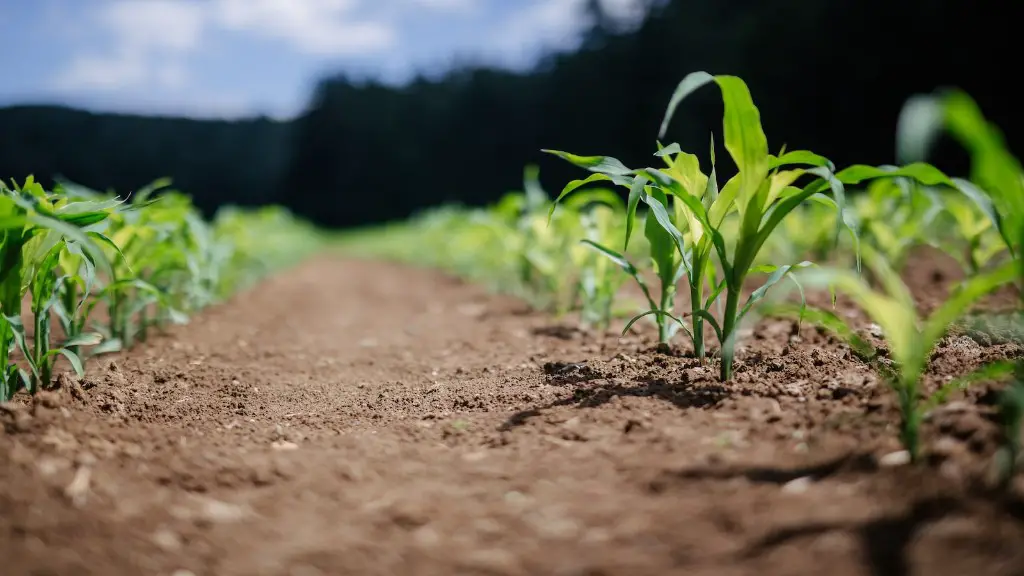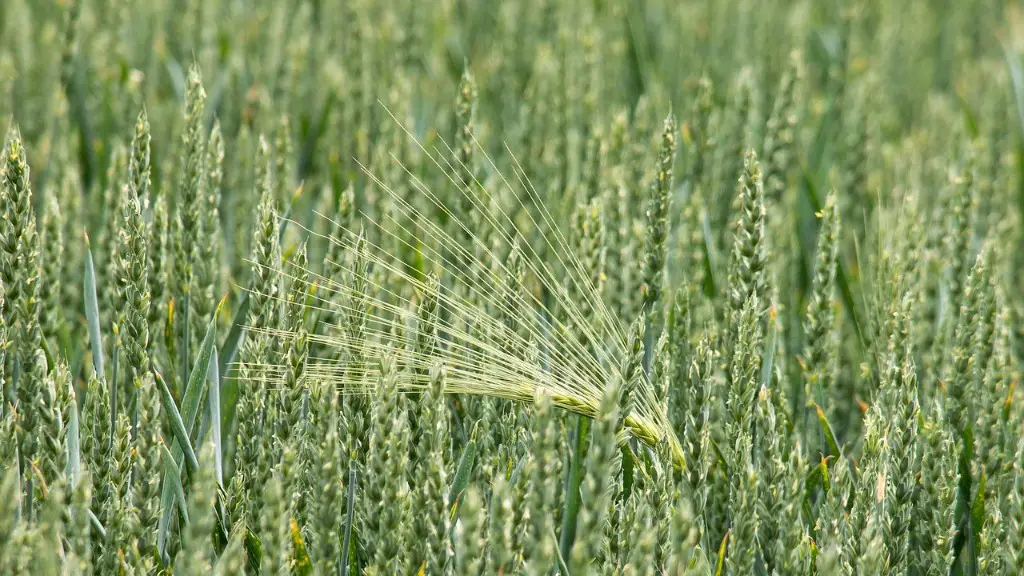Cellular agriculture is an exciting new field of research and development that is using modern technology to produce food and other products from animal cells. It involves growing cells in a laboratory environment under controlled conditions and replicating the metabolic and biological functions of living animals. This means that the resulting products are free from animal suffering and potentially more sustainable compared to traditional animal farming or slaughterhouse practices. The potential for cellular agriculture to reduce environmental impact, reduce animal suffering and increase food security makes it an exciting field that deserves further exploration.
Cellular agriculture involves both in vitro (in a laboratory) and in vivo (in a living organism) methods of growing and cultivating animal cells in order to produce food or other desirable products. In vitro methods involve growing the cells in sterile containers with a nutrient-rich environment, while in vivo methods involve the use of host animals or hospitable organisms to host the cell culture.The end result in either case is a viable cloned product, such as meat, dairy or eggs, that is identical in chemical structure and taste to its conventional counterpart.
The technology used to study and produce cell-based products is quite advanced. Advances in biotechnology have enabled scientists to harvest, propagate and culture cells from different sources—such as animals, plants and fungi. These cells can then be manipulated to produce a certain product, such as a protein or lipid, that is beneficial to humans. For example, yeast can be used to produce antibodies, and mammalian cells can be used to produce cheese and eggs. The manipulation of cell biology in this way is an effective way to produce food without relying on animal suffering or large-scale farming.
In addition to the technological advances that have enabled cellular agriculture, the field has also been driven forward by legislation. Over the past decade, countries around the world have passed laws that enable cell-based alternatives to traditional food sources. For example, the US and the European Union have both passed laws that enable the sale of cell- based meat products, as well as other emerging cell-based foods. By facilitating the development of these products, governments are demonstrating an interest in and commitment to sustainability and health, which inspires confidence in the field and furthers its advancement.
Cellular agriculture has the potential to revolutionize how we produce food, but there are still several challenges that need to be addressed. These include the cost of producing these products, the safety and efficacy of the end product, as well as public understanding and acceptance. Despite these challenges, cellular agriculture still holds tremendous potential for producing sustainable, nutritious and ethical food for all.
The Potential Benefits of Cellular Agriculture
Cellular agriculture offers many potential benefits, both in terms of food quality and sustainability. One of the most obvious benefits is the elimination of animal suffering. Since cells are growing in a laboratory, not an animal, the suffering associated with traditional animal farming and slaughter practices is eliminated. Furthermore, the production of these cell-based products requires fewer resources, such as water and land, and produces significantly less waste than traditional animal farming.
In addition to being more sustainable than traditional animal farming, cell-based products have the potential to improve nutrition, food security, and health. Since cell cultures can be manipulated to produce different proteins and lipids, they provide the possibility of complex foods with a range of potential health benefits. Furthermore, the cost of producing these cell-based products is likely to be much lower than their traditional counterparts.
Lastly, cellular agriculture could help in addressing food insecurity by creating sources of food that are more accessible. This could mean foods that require less land and water to produce, are more nutritious and are more readily available to those who need it.
The Challenges of Cellular Agriculture
Despite the potential benefits of cellular agriculture, there are several challenges that must be addressed in order for these products to be accepted and embraced by the public. The most notable of these challenges include public understanding and acceptance, safety and efficacy, and the cost of the production process. In order for cell-based foods to be accepted by the public, there must be a clear understanding of how they are produced and used, as well as assurance that the end product is safe for consumption.
The cost of producing cell-based products is another challenge that must be addressed. Currently, these products are still prohibitively expensive, making them inaccessible to many people. In order for these products to be successful and widely accepted, research must be done to reduce the cost of production and make these products more affordable.
Additionally, safety and efficacy of cell-based products must also be addressed. Since these products are not yet widely available, there is still much to be done in terms of safety testing and assuring the public that the products are indeed safe for consumption. Furthermore, research must be conducted to ensure that the end products are of a high quality and efficient in terms of nutrient absorption.
Finally, it is important to ensure that the public is properly informed about cell-based products, so that they can make informed decisions regarding their consumption. Clear and accurate information about the safety, efficacy, and nutrition of these products must be made available.
Expected Advancements
As the field of cellular agriculture is still in its infancy, it is difficult to determine precisely what advances will be made over the next few years. Nevertheless, it is likely that research and development into cell-based products will progress at a rapid rate due to the potential for these technologies to revolutionize the production of food and other products. It is likely that the cost of production will be reduced and the efficacy and safety of these products improved.
In addition, it is also likely that advances will be made in the automation of cell-based production processes. Automation would reduce the amount of human labor needed and make the production process more efficient. Furthermore, it could also reduce the cost of production and result in more affordable end products.
It is also likely that advances will be made in the understanding and acceptance of cell-based products. Currently, there is still a great deal of confusion and skepticism surrounding cell-based foods, as well as misperceptions about the safety and nutrition of these products. As further research is conducted and more information on the safety, efficacy and nutrition of these products is made available, it is likely that the public will become more informed and comfortable with cell-based foods.
Regulation of Cellular Agriculture
The development of cell-based products is also greatly hindered by the current regulatory environment. Currently, there is no unified framework between countries and states regarding the safety, labeling and sale of these products. This is largely due to the fact that cell-based foods are a relatively new and unfamiliar product. While some countries and states have passed laws that enable the sale of cell-based products, the laws vary greatly in terms of what is and isn’t allowed.
In order for cell-based products to become widely accepted and utilized, there must be agreement between countries and states on the safety and labeling of these products. Furthermore, laws must be introduced to ensure that the production, sale and consumption of these products is ethical and sustainable. By creating consistent standards and regulations across countries and states, the development of cell-based products could be greatly facilitated.
Public Education
In addition to regulation, public education is also essential for the success of cell-based products. In order for consumers to feel comfortable with these products, they need to be adequately informed and their concerns addressed. Educational campaigns and materials must be created that explain the benefits of cell-based products, as well as the safety and efficacy of these products.
Furthermore, it is important to dispel common misconceptions regarding the safety and nutrition of these products. It is also necessary to provide resources that explain the process by which these products are produced. By creating materials and campaigns that are accessible to the public, the public can become more informed and understanding of cell-based products.
Conclusion
Cellular agriculture is an exciting field of research that has the potential to revolutionize the way we produce food and other products. It could greatly reduce animal suffering and environmental impact, increase food security and nutrition, and provide affordable and ethical sources of food for all. Despite the challenges and obstacles that must still be addressed, the technology and legislation that has progressed in recent years indicates that these products have a bright future.





